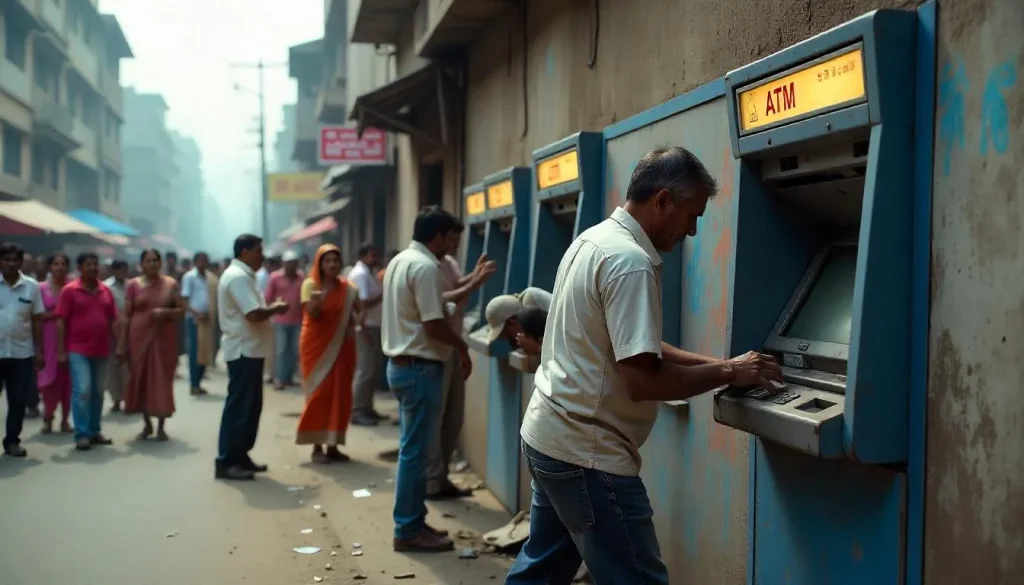India’s banking sector is gradually reducing its reliance on ATMs and cash recyclers, even as cash circulation reaches record highs. This shift comes as a result of the growing adoption of digital payments, especially UPI, and an increased focus on digital transformation within the banking industry.

Digital Transformation and the Decline of ATMs
A report from Economic Times reveals that while cash remains integral to India’s economy, the number of ATMs has declined significantly. From September 2023 to September 2024, the number of ATMs decreased from 219,000 to 215,000. This decline is mainly attributed to the reduction in off-site ATMs, which fell from 97,072 in September 2022 to 87,638 in September 2024.
Ravi B. Goyal, chairman of AGS Transact Technologies, noted that this trend reflects the banking sector’s shift towards consolidation, digital transformation, and efforts to serve underserved regions. With public sector bank consolidation, banks are optimizing their ATM networks to blend both physical and digital infrastructure more efficiently.
Cash Still Plays a Key Role
Despite this digital shift, cash continues to play a major role in India’s financial landscape. In FY22, cash accounted for 89% of transactions and 12% of the GDP. However, ATM penetration remains low, with only 15 ATMs per 100,000 people. Factors such as RBI regulations on free ATM transactions, interoperability, and interchange fees have discouraged further investment in ATM infrastructure.
Future of ATMs in India
Experts believe that India is moving towards a global ATM model where banks will maintain two ATMs per branch: one on-site and one off-site. As banks continue to balance digital and physical services, this approach will likely meet the evolving needs of the Indian population.
